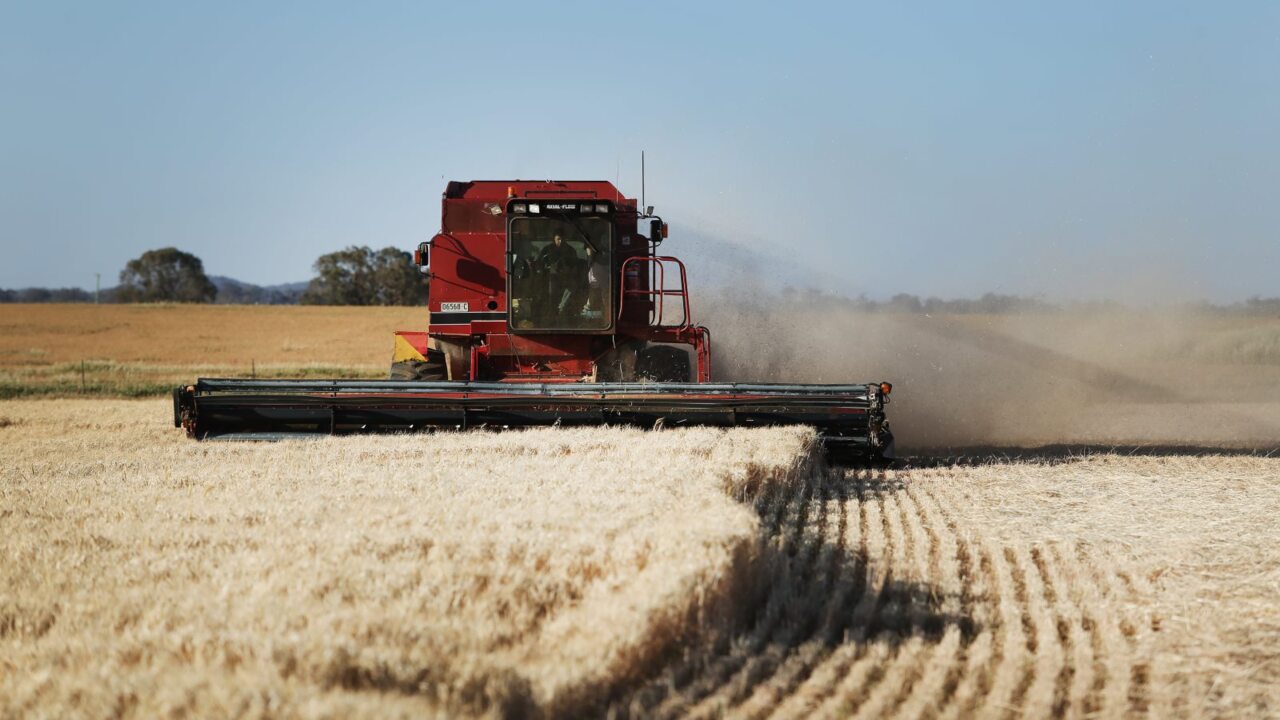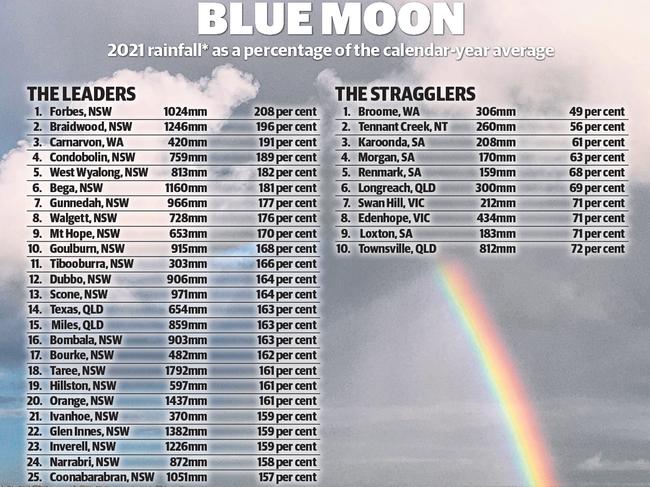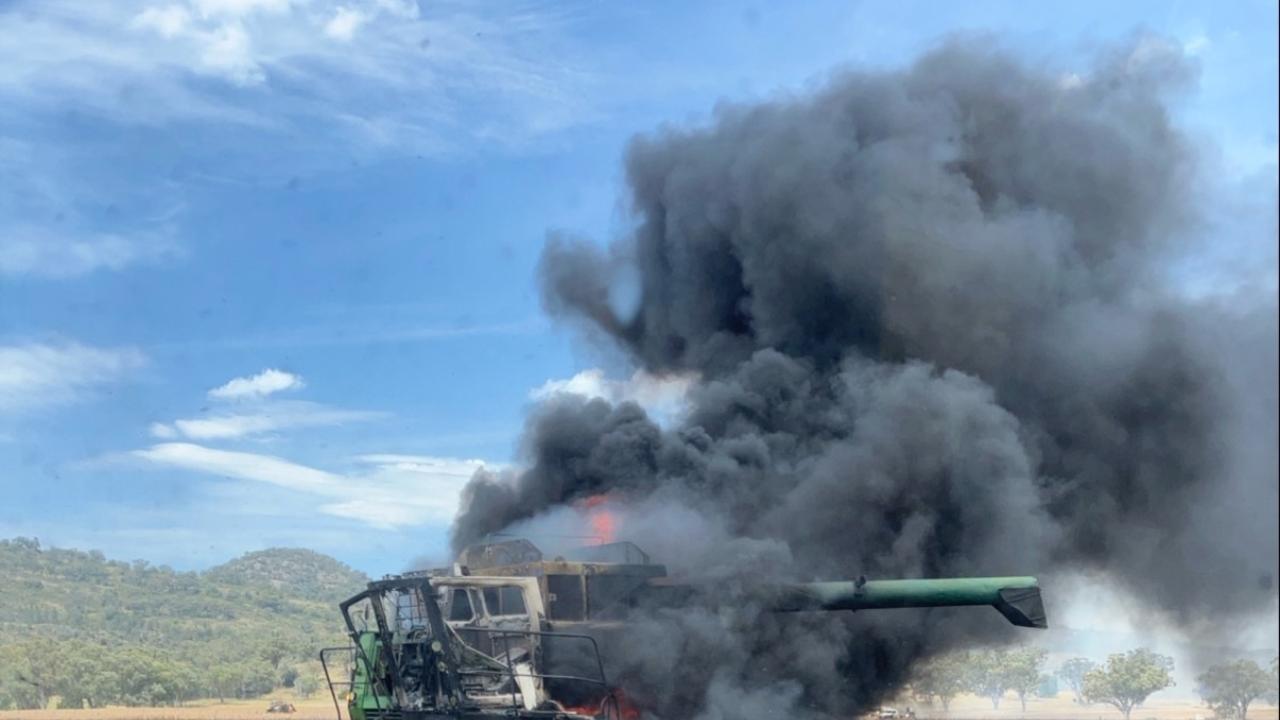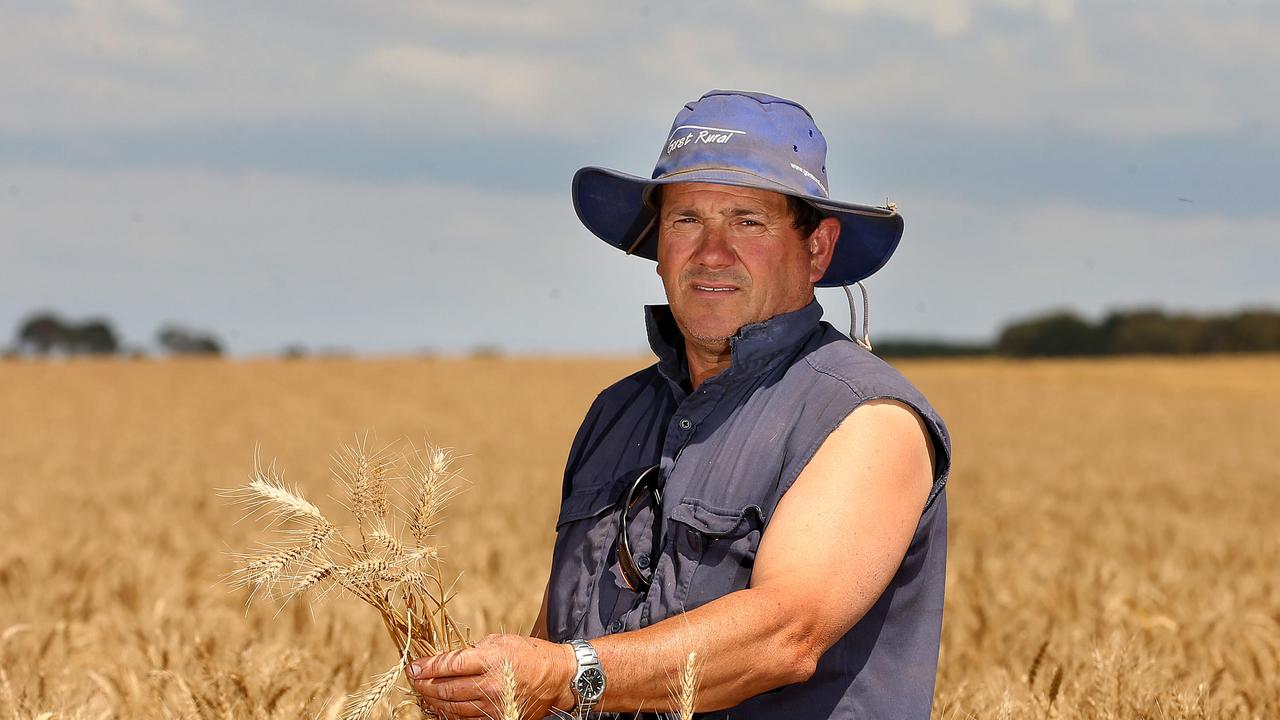Rainfall 2021: Where the rain has fallen across Australia
Most parts of Australia have already recorded a wetter-than-average year in 2021. Find out which centres have fared the best.

Rainfall records have tumbled across Australia during 2021 with the nation on track to notch up one of its wettest years ever.
According to Bureau of Meteorology data, most centres have already exceeded their long-term annual averages with two weeks of the year remaining. Parts of sodden NSW have already recorded more than double their average annual total.
Of the 217 weather stations across Australia routinely monitored by The Weekly Times, 146 — or more than two thirds — have exceeded their long-term average with 179 recording at least 90 per cent of their normal totals. Combined, the 217 centres have received an average 116 per cent of their annual totals.

According to the BOM, spring was the wettest since 2010 and the 10th wettest since records began in 1900. It said November was the wettest on record nationally, as well as in NSW, South Australia and the Murray Darling Basin. According to BOM’s drought statement, only a small section in outback Western Australia is still classified as having a serious rainfall deficiency.
The good spring rain prompted average storage levels across the northern Murray Darling Basin to jump from about 25 per cent to more than 85 per cent in the 12 months to November. In the south, the Hume dam storage last month hit its highest level in five years.
The wettest centres have been dominated by NSW with Forbes, in the state’s central west, topping the pops against its long-term average with 1024mm for the year – or 208 per cent of what it would normally expect in a 12-month period. It marks a sharp turnaround from 2019 when Forbes recorded just 236mm of rain. Last year it measured 794mm.
According to the BOM, it is the wettest year on record for the Forbes AWS, which has been in operation for 26 years. In 1950, a now-closed weather station at Forbes recorded 1130mm of rain.
Other centres to record a significantly wetter-than-average year include Bairnsdale (1246mm or 196 per cent of its 12-month average), Carnarvon in Western Australia (420mm or 191 per cent), and the NSW centres of Condobolin (759mm or 189 per cent), West Wyalong (813mm or 182 per cent) and Bega (1160mm or 181 per cent).
At the other end of the scale, Broome in Western Australia has recorded just 306mm for the year – or 49 per cent of what it would normally expect. Other centres on track for a drier-than-average 2021 include Tennant Creek in the Northern Territory, which has recorded 260mm or 56 per cent of its average, and the South Australian centres of Karoonda (208mm or 61 per cent), Morgan (170mm or 63 per cent) and Renmark (159mm of 68 per cent).



